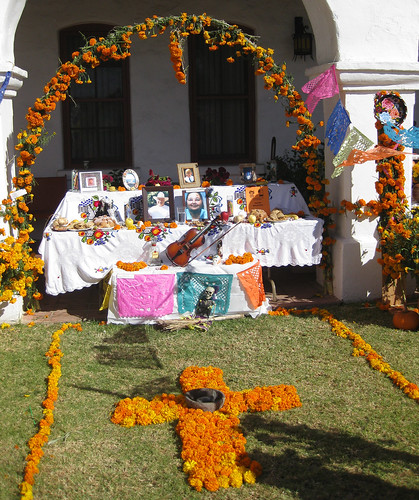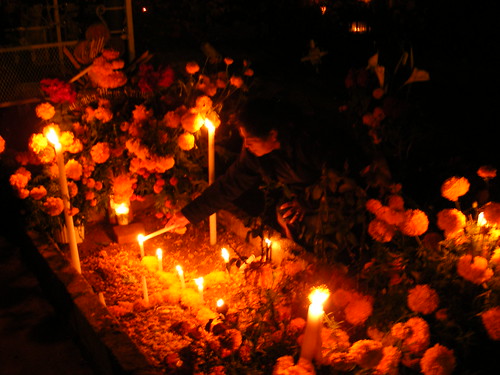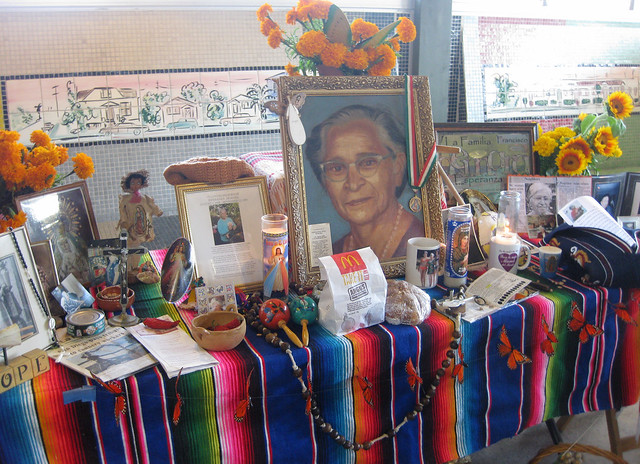I’m so happy to introduce you all to Suzy Yehl Marta. Suzy is the founder and president of
Rainbows For All Children, an international nonprofit organization that helps kids grieve and grow after loss. Founded more than 27 years ago, Rainbows is now in 17 countries and all 50 states. Rainbows has appropriate, community-based programs for children and teens, ages 3 to 18. Find a site near you by calling 1-800-266-3206.
Suzy is the author of
Healing the Hurt, Restoring the Hope, a guide for parents helping children though loss of a parent or sibling and divorce. Their programs recognize that every child, every family, and every loss is unique. See the note at the bottom of the post for details on how your online “vote” can help support Rainbows.
In response to your many requests, especially on Facebook, Suzy and I are working together to create one post for each week in October. Questions were selected from those submitted by widowed parents on my Widowed Village page on Facebook. You can “like” that page (at right), and
ask your own question.
* * *
I was pregnant when my husband passed. It's been 3.5 years since then and I have a 2-years-9-months old boy. He is just starting to realize that daddy is missing from his life and is asking a lot of questions. "When is daddy coming home," "I want to talk to daddy," stuff like that. I have taken him out to the cemetery so he knows where daddy is physically and have told him that daddy is in the sky so we can talk to him whenever we want. He now throws a fit every time he sees a cemetery because he wants to see daddy. How do you teach a 2 year old about death and what should I do about the cemetery tantrums?
Your son is so fortunate to have you so willing to help him begin the process of grieving the death of his Dad, who he never knew. A 2 year old is too young to have any understanding of death. A glimpse of understanding does not even start until a child is 6 or even 7. In the interim, your willingness to answer his questions to the best of your ability is laying the groundwork for helping him grapple with the reality that his Daddy died before he was born. He is too young to understand Daddy will never come back to be with him. This is undoubtedly why he is upset when he sees or visits a cemetery. Kids learn early on, that if they cry loud enough or long enough, they often get their way. He wants his Daddy and maybe if he is cries loud enough, Daddy will come back or you will bring Daddy home. We understand that.
The first steps are for you to initiate the conversation about death generally and then tie it back to his Dad. There are excellent books you could read to him. While he will not grasp it yet, still explain to him that everyone dies, it is part of life. And that people die at different ages and for different reasons. If he asks, "Will you die?" say "yes, because we all die." Tell him you hope you will be really, really old. Explain death in concrete simple terms your son will understand, such as when someone dies, their heart stops beating; they are never hungry, etc. Invite him to ask you questions or share his worries.
Then talk to him about who is Daddy was - hair color, eyes, hobbies, what he did for a living, where he grew up, etc. If he looks like his Dad or smiles like him, let your son know that, too. "Introduce" your son to his Dad. Since he has no memory of his Dad, you can help him create it.
Keep in mind your son is only 2, so the conversations are usually quick and simple. He will come back and ask you to repeat it often, just as kids will ask about the day they were born.
A few specific suggestions:
- If you have a picture of his Daddy give it to him for his bedroom or any room in the house where he wants to keep it. Saying Daddy is in the sky is too big of a concept for this little guy to grasp. He can talk to a photo and even hold it in his hands.
- Do you have anything of his Dad's you can give to him as a keepsake? This is something he can sleep with, put on shelf, or just keep close by to touch.
- Together make a keepsake box (shoe box decorated by him) that he can keep things that we would like to show his dad. You might enjoy watching the Sesame Street "Memory Box" video for ideas about things to include.
- If the cemetery visits are traumatic, stop going for now.
- If and when he asks to go use this time to "give" his Daddy gifts. He can draw pictures and leave them at the grave, or bring Daddy something from his keepsake box, or even have a picnic with Daddy at the graveside.
Keep in mind the death of your son's dad is intricately woven into his personal tapestry. He will never "get over it", but rather accept it is part of his life's story. As he grows up and reaches benchmarks of maturity, he will more than likely re-open his Dad's death and want to talk about it again in depth. This is very healing. Expect these conversations -- you may even find yourself learning from them!
How can we be sensitive to the grieving child when their behavior is completely unacceptable? 1 1/2 years after our loss, my 7-year-old son seems okay when it comes to feeling sad but he gets very destructive when angry. How can I tell if it is part of his normal course of development or a result of grief?
No matter what the root cause is -- grief or simply being a child, your child needs the appropriate consequences for unacceptable behaviors. This must be given with patience and love. Communication is the key. Misbehavior is always driven by a need or the inability for the child or teen to communicate what is going on inside, emotionally. Kids act out what they cannot verbalize. As a parent, create a "talking spot" in the home where you and the child are alone and you know you can be there a while to work with your child to uncover why they are acting this way. You might have a discussion in your child's bedroom, in your room, even in the pantry sitting on the floor (You should be comfortable so you can allow the conversation time to develop!) The goal is to teach your child that you are safe to talk to, you care about them deeply, and you want to teach them the words they are searching for and help them find appropriate behaviors. Hitting a parent when they are frustrated or angry is not right, hitting a chair with an old tennis racket is.
Read the other posts in this series:
October 11, #2
October 19, #3
Or
ask your own question.
* * *
How you can help fund Rainbows programs
Rainbows For All Children is participating in the Pepsi Refresh campaign.
From Oct. 1 to 31, log on to the Pepsi Refresh web site and vote for Rainbows every day. And please help spread the word! With $250,000 from the Pepsi Refresh Project, Rainbows will:
- Provide emotional support to 2,500 youth through 100 new sites nationwide
- Help children and youth strengthen problem-solving and coping skills
- Improve communication in their families and peer relationships
- Prevent destructive behaviors including violence and substance abuse.
(Gavin had a “thing”)















